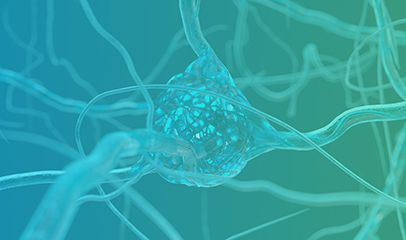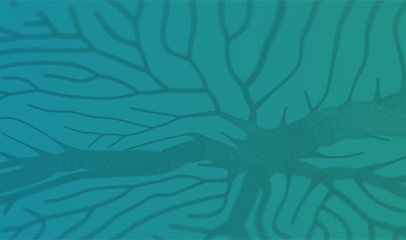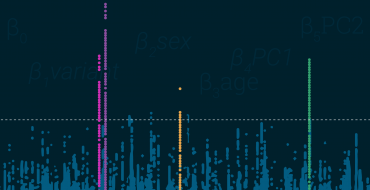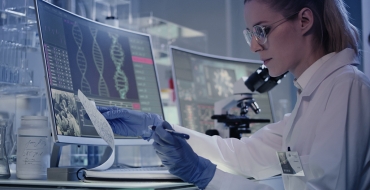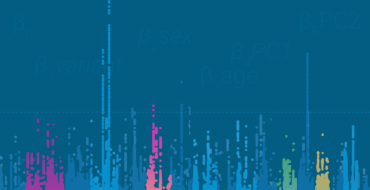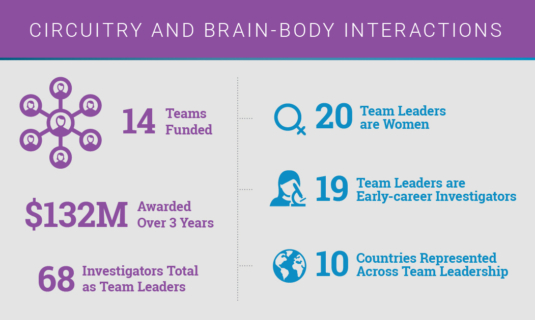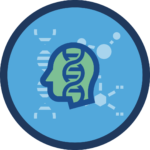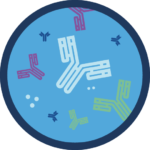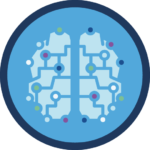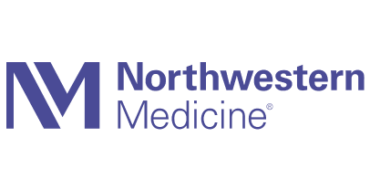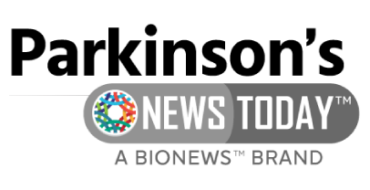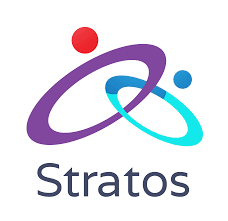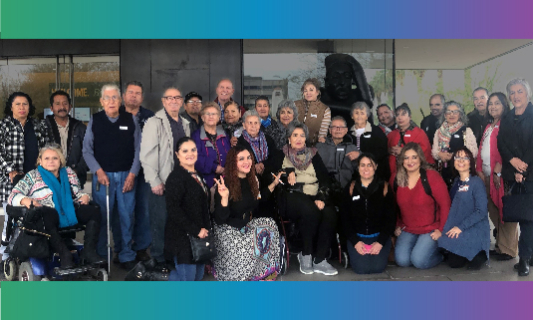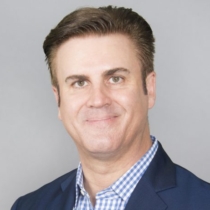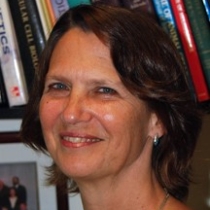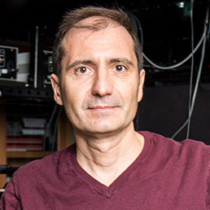Matthew Ackerman, MBA
Dario Alessi, University of Dundee
James Beck, Parkinson’s Foundation
Elizabeth Bradshaw, Columbia University
Latese Briggs, Milken Institute Center For Stragetig Philanthropy
Katja Brose, Chan Zuckerberg Initiative (CZI)
Patrik Brundin, Van Andel Research Institute (VARI)
Edward Callaway, The Salk Institute
Paul Cannon, 23andMe, Inc.
Honglei Chen, Michigan State University
Joanne Chory, The Salk Institute
Martin Citron, UCB Pharma
Mark Cookson, National Inistitute on Aging (NIA)
Ted Dawson, John Hopkins University School of Medicine
Pietro De Camilli, Yale School of Medicine
Michel Desjardins, University of Montreal
Steve Finkbeiner, University of California San Francisco
Thomas Gasser, German Center of Neurodegenerative Diseases
Viviana Gardinaru, Caltech
Tim Greenamyre, University of Pittsburgh School of Medicine
Magali Haas, Cohen Veterans Bioscience
Erika Holzbaur-Howland, University of Pennsylvania School of Medicine
Elaine Hsiao, University of California, Los Angeles
Anthony Hyman, Max Planck Institute of Molecular Cell Biology and Genetics
H. Shawn Je, Duke-National University of Singapore Medical School
Kirstie Keller, Milken Institute Center For Strategic Philanthropy
Johnathan Kipnis, University of Virginia Medical School
Jeffrey Kordower, Rush Medical College
Dimitri Krainc, Feinberg School of Medicine at Northwestern University
Anatol Kreitzer, University of California, San Francisco
Arnold Kriegstein, University of California, San Francisco
Thomas Kukar, Emory University School of Medicine
Jin Hyung Lee, Stanford University School of Medicine
Shane Liddlelow, New York University Neurosciences Institute
Byungkook Lim, University of California, San Diego
Robert Malenka, Stanford University School of Medicine
Kenneth Marek, Institute of Neurodegenerative Disorders
Kelsey Martin, University of California, Los Angeles
Sarkis Mazmanian, Caltech
Heidi McBride, McGill University
K. Kimberly McCleary, Center of the Milken Institute
Miratul Muqit, University of Dundee
Karoly Nikolich, Alkahest
Alastair Reith, GlaxoSmithKline Pharmaceuticals
Ekemini Riley, Milken Institute Center of Strategic Philanthropy
Randy Schekman, University of California, Berkeley
Clemens Scherzer, Harvard Medical School
John Siebyl, inviCRO, LLC.
Alessandro Sette, La Jolla Institute for Allergy and Immunology
Todd Sherer, The Michael J. Fox Foundation for Parkinson’s Research
Andrew Singleton, National Insititute on Aging, NIH
Frank Soldner, Massachusetts Institute of Technology (MIT)
Benjamin Stecher, Tomorrow Edition Blog
Melissa Stevens, Milken Institute Center for Strategic Philanthropy
David Sulzer, Columbia University Medical Center
D. James Surmeier, Northwestern University
Margaret Sutherland, National Institute for Neurological Disease and Stroke (NINDS)
Caroline Tanner, University of California, San Francisco School of Medicine
Malú Tansey, Emory University School of Medicine
Daniel Wesson, University of Florida College of Medicine
Su-Chun Zhang, Duke-National University of Singapore Medical School






